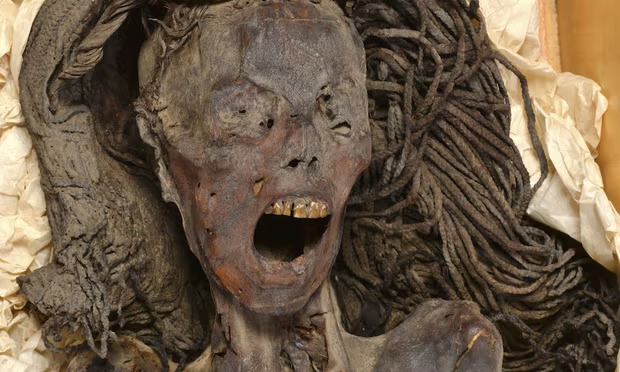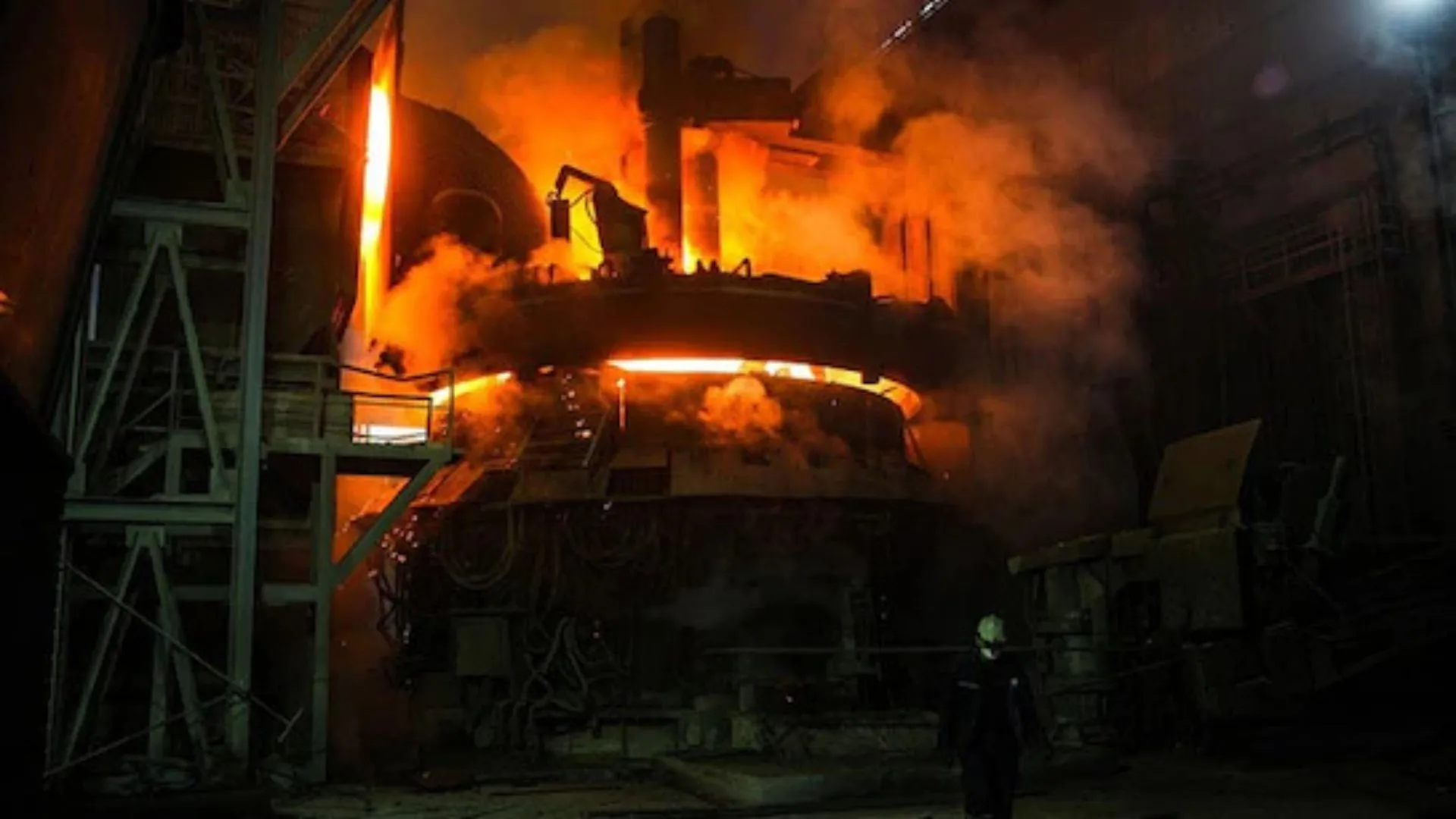In an astonishing archaeological find, researchers have uncovered what is believed to be the world’s oldest cheese, dating back approximately 3,600 years. This remarkable discovery was made in northwestern China, where the ancient cheese was found draped around the neck of a young woman inside a Bronze Age coffin unearthed at the Xiaohe Cemetery, located in the arid Tarim Basin. The cheese, which had hardened over the millennia, was identified by a team of scientists from the Chinese Academy of Sciences, led by paleogeneticist Fu Qiaomei. Their findings were recently published in the journal Cell.
Cheese Preservation in a Desert Tomb
The Xiaohe Cemetery excavation, conducted in 2003, revealed an exceptionally well-preserved coffin due to the arid conditions of the desert. Alongside the woman’s remains, her boots, hat, and the ancient cheese were discovered intact. According to Fu, the arid climate played a crucial role in preserving these artifacts, making the cheese one of the oldest physical examples ever found. While modern cheese is often soft, this ancient cheese had become dense, hard, and powdery over time due to its environment.
A Glimpse into Xiaohe Culture
Cheese appeared to play a significant role in the lives of the Xiaohe people, an ancient civilization that inhabited what is now the Xinjiang region. The discovery of cheese alongside the deceased suggests that it was not only part of their diet but also held cultural or ritual significance. Ancient burial customs often involved placing important items with the dead, and the presence of cheese in the coffin reflects its value in daily life.
The cheese found in the Xiaohe tomb was identified as kefir cheese, a type of fermented dairy product made using kefir grains. DNA analysis conducted by Fu and her team revealed evidence of both goat and cow milk in the samples, highlighting the diversity of dairy sources in ancient East Asia. This discovery sheds light on the evolution of animal husbandry in the region, offering insight into how the Xiaohe people raised livestock and utilized dairy products.
Genetic Intolerance Meets Innovation
One of the study’s most intriguing findings is the revelation that the Xiaohe people, despite being genetically lactose intolerant, regularly consumed dairy. Without modern technologies like pasteurization and refrigeration, these ancient people found ways to process milk into forms, such as cheese, that were more easily digestible. Cheese production reduces lactose levels in dairy, making it possible for lactose-intolerant individuals to incorporate it into their diets. This discovery demonstrates how ancient societies adapted to their genetic limitations through innovative food production techniques.
Oldest Cheese in the World
While cheese-making has long been a part of human history—evidence of cheese production in Europe dates back 7,000 years and murals in Egyptian tombs depict cheese-making as far back as 2000 BC—the cheese from the Tarim Basin is the oldest physical example discovered to date. Fu and her team examined samples from three tombs in the region, conducting DNA analysis to trace the evolution of bacteria involved in cheese production over thousands of years.
The findings offer a rare glimpse into both the diet and cultural practices of the Xiaohe people, showcasing the importance of dairy in a society that predated modern refrigeration and preservation techniques. This discovery provides valuable insight into how ancient civilizations managed their food sources and sustained themselves in challenging environments.
A Step Forward in Ancient Food Science
The discovery of the world’s oldest cheese is more than just a historical curiosity; it provides a window into the evolution of food science and animal domestication. Researchers continue to study the bacteria and techniques used in the cheese-making process, learning more about how humans have adapted to changing environments and dietary needs over millennia. As our understanding of ancient food production deepens, so does our appreciation for the innovations that allowed early civilizations to thrive in harsh conditions.
This find not only rewrites the history of cheese but also sheds light on the lives of the Xiaohe people, who, despite their genetic intolerance to dairy, found a way to enjoy the benefits of cheese, ensuring that their food traditions would be preserved for future generations to discover.























